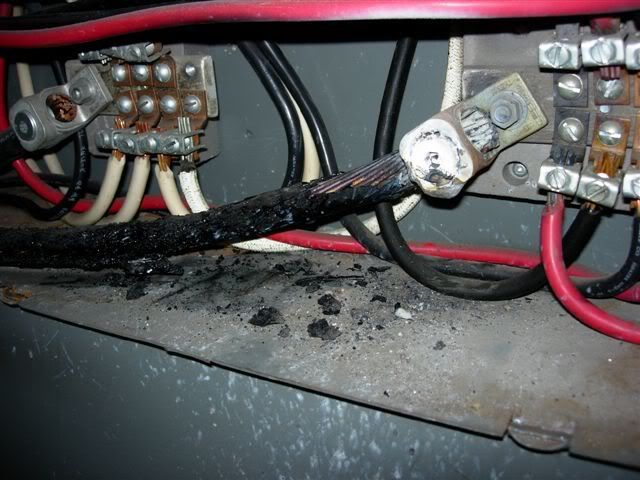whillis
Member
- Location
- Vancouver, BC
The last time I saw an apartment with one leg out the cause was

For me, this is why proper PPE is essential: you never know what's behind the cover until you open it.

For me, this is why proper PPE is essential: you never know what's behind the cover until you open it.

